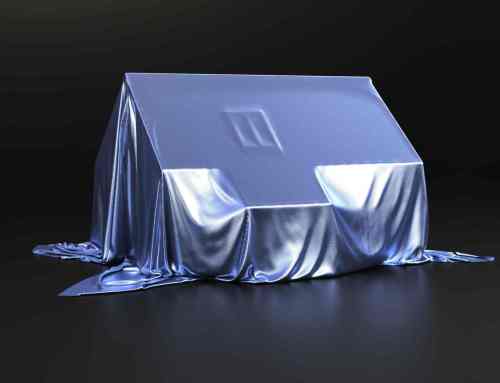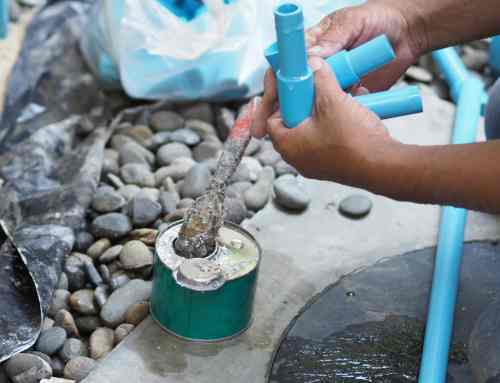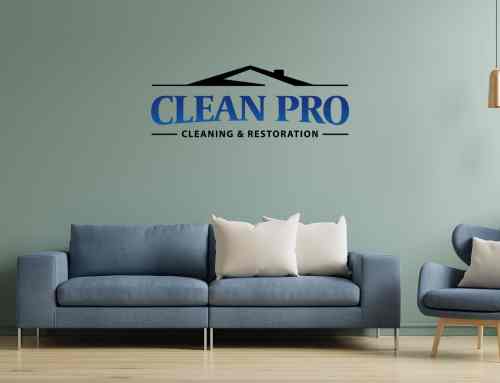How to CONTROL AIR POLLUTION in Your Home
Fall allergy season in the United States typically runs from end of Summer through November, and is often caused by high levels of ragweed pollen and mold spores. Ragweed is a wild plant that blooms and releases pollen. It grows in many areas, but especially on the East Coast and in the Midwest, and its pollen can travel hundreds of miles. Mold growth can also increase in the fall due to summer warmth and humidity, and damp leaves provide an ideal environment for mold to grow.
 What you can do to control indoor air pollution – We use the word “POLLUTION” to describe harmful or poisonous substances introduced into an environment. Water pollution, ground pollution, noise pollution, and air pollution are examples that we most commonly relate to the outdoor environment. So it may surprise you to find that the United States Environmental Protection Agency (EPA) published reports that indoor air is 2-5 and even up to 100 times more polluted than outside.
What you can do to control indoor air pollution – We use the word “POLLUTION” to describe harmful or poisonous substances introduced into an environment. Water pollution, ground pollution, noise pollution, and air pollution are examples that we most commonly relate to the outdoor environment. So it may surprise you to find that the United States Environmental Protection Agency (EPA) published reports that indoor air is 2-5 and even up to 100 times more polluted than outside.
Humidity Plays an Important Role in Indoor Air Quality – The American Society of Heating, Refrigeration and Air- conditioning Engineers (ASHRAE) recommends maintaining indoor relative humidity levels between 30% and 50% for human health and comfort. Higher humidity can create an environment where microbes can flourish and create an unsanitary condition. In addition, higher humidity can result in condensation of water on surfaces. This can hold soils and organic matter, creating a perfect incubator for mold, which can exacerbate asthma and allergies.
Air Suspends Particles – Most airborne particles are harmless. However, others can cause problems, particularly for those with asthma, allergies or immune disorders. There are four
keys to keeping your indoor air clean and healthy: exclude, capture, clean and control.
Exclude – Keep contaminants out – Keeping contaminants out of the home is challenging because most airborne particles are tiny and can be everywhere. Pollen, carbon, mold spores, organic matter, insect matter, car exhaust, and plain old dirt enter the home, transported on air currents, clothing and shoes. There are other contaminants that originate from within the home. Pet and human dander, food particles, dust mites and their feces, cooking gases, sprays, chemicals, cleaning agents and many other particulates combine to reduce overall indoor air quality. Limiting entry can be done by keeping doors and windows shut, removing shoes when entering and immediately changing your clothing after dusty activities like yard work.
Capture – filter and contain everything that enters – When airborne particles enter your home, they remain suspended for a period of time. Those that are larger or denser drop out of the air and settle onto surfaces. Smaller, lighter particles remain suspended longer -some nearly indefinitely- and are best removed by air filtration devices and the filter on your home’s HVAC system.
Pay attention to the filters you use. Use high quality pleated filters. Don’t buy based on price alone. Get filters that are rated MERV 7 or 8. Higher MERV ratings may place excessive
restriction on your ventilation system, requiring a change in configuration. Talk to an HVAC professional for more information on your particular system.
Clean – remove pollutants from surfaces – Eventually, particles settle on surfaces such as floors, furniture, counters, window sills, shelves and walls. Vacuuming and dusting remove most of the particles, but make sure that your vacuum cleaner has good filtration also.
Hard surfaces can be cleaned with electrostatic dusters or dust cloths that attract and hold particles, or by wiping hard surfaces with a damp cloth and wet mopping floors. Other surfaces such as carpet, area rugs and upholstery will require periodic professional cleaning to remove accumulated soils and pollutants.
Control – maintain equipment, humidity levels and filters – Proper maintenance is important. Ensure your vacuum cleaner, AC unit, range hood and other ventilation equipment are working properly. Clean or replace furnace filters at recommended intervals; usually monthly depending on the type of filter and environmental conditions.
Clean Pro Cleaning & Restoration can help improve your indoor air quality with regularly scheduled professional carpet and upholstery cleaning. Call us today to set up your clean
and healthy maintenance program.






